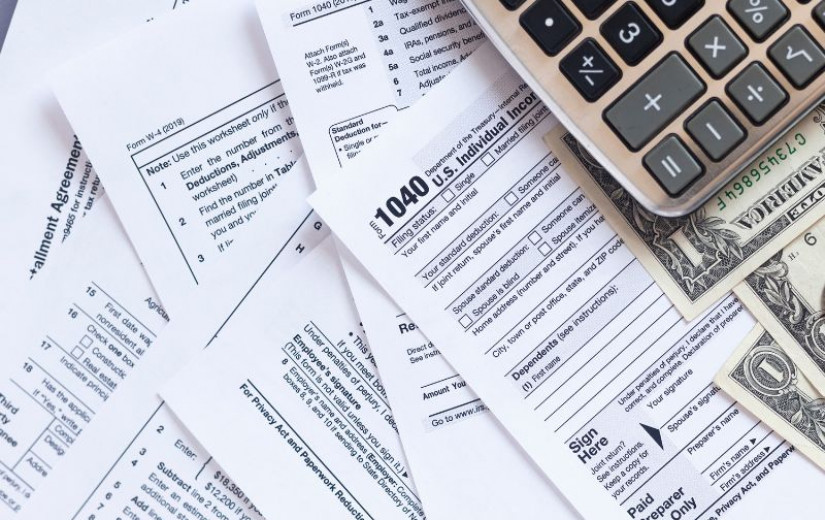
The average Irish household will lose 2pc of its disposable income as a result of this week’s Budget, analysis by the Economic and Social Research Institute (ESRI) has found.
This is mainly due to the withdrawal of the cost-of-living measures that were included in the last two budgets, such as the €250 credit on electricity bills.
The hardest hit are low-income families, the bottom 10pc of earners, who are facing losses of 2.5pc.
This is compared to a scenario in which the Government’s tax and welfare package rose in line with the expected increase in prices and wages.
Finance Minister Paschal Donohoe has frozen the tax bands and credits for next year, which means people who get pay rises will find more of their incomes in a higher tax band. A sizeable chunk of the €1.3bn in the budget tax package was given over to a Vat cut for the hospitality sector.
Separate new data from AIB shows spending in restaurants increased by 6pc in the last year. The extra spending, which was calculated from credit and debit card payments, will prompt further criticism of the decision to give the hospitality sector a Vat cut from July 2026.
The reduction, from 13.5pc to 9pc, will cost the Exchequer €681m in a full year.
The ESRI analysis has found that for high-income families, the top 10pc, the loss of the one-off cost-of-living benefits will be exacerbated by the freezing of tax bands and credits. This amounts to an effective tax rise if wages grow at the expected rate of 3.7pc in 2026.
For low-income families, the withdrawal of one-off measures is partly cushioned by increases in social welfare payments, which are mostly above inflation and expected wage growth.
“Temporary cost-of-living policies, which have been a feature of the last number of budgets, have now been withdrawn,” the ESRI analysis says.
“While inevitable, this will result in a reduction in households’ standard of living in 2026.
“This loss will be felt across the income distribution, with low-income households losing significantly more as a proportion of their disposable income compared to high-income households.”
The budgetary measures designed to help children, such as increases to the Child Support Payment and the Working Family Payment, are well-targeted, the ESRI finds. But their effect on child at-risk-of-poverty rates will be small because of the withdrawal of so many temporary measures.
The extension of the Vat cut to electricity and gas, and the reduction for the hospitality and hairdressing sectors, could result in small income gains, the ESRI points out, but only if the benefits are passed on to consumers.
The latest AIB Spend Trend tracks a typical fall-off in spending in hotels and pubs in September, but on a 12-month basis the spend is up 6pc in restaurants.
Overall spending by Irish consumers increased by 10pc year-on-year, although expenditure on groceries increased only marginally, with an average transaction size of €25. Spending on entertainment increased 18pc over the past year, with a significant uptick in ticket sales.
The data was compiled from 75 million card transactions by AIB customers.









